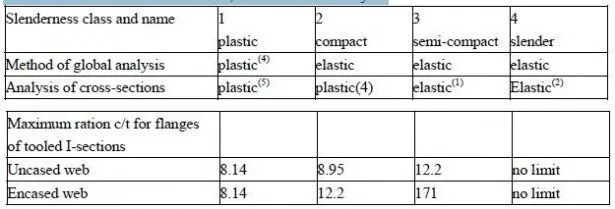The established design methods for reinforced concrete and for structural steel give no help with the basic problem of connecting steel to the concrete. The force applied to this connection is mainly, but not entirely, longitudinal shear. As with bolted and welded joints, the connection is a region of severe and complex stress that defies accurate analysis, and so methods of connection have been developed empirically and verified by tests. They are described in Section 2.4.
The simplest type of composite member used in practice occurs in floor structures of the type shown in Fig.3.1. The concrete floor slab, other two together span in the x-direction as a composite beam. The steel member has not been described as a beam, because its main function at midspan is to resist tension, as does the reinforcement in a T-beam. The compression is assumed to be resisted by an effective breadth of slab, as explained in Sections 3.4. In building, but not in bridges, these concrete slabs are often composite with profiled steel sheeting (Fig.2.8), which rests on the top flange of the steel beam. Other type of cross-section that can occur in composite beams are shown in Fig.2.1.

Fig.2.2 Effect of shear connection on bending and shear stresses.
The ultimate-strength design methods used for shear connection in beams and columns in buildings are described in Sections 3.6 and 5.6.6, respectively. The elasticity-based methods used in bridges are explained in Section 8.5 and Chapter 10 in Volume 2.
The subjects of the present chapter are: the effects of shear connection on the behaviour of very simple beams, current methods of shear connection, standard tests on shear connectors, and shear connection in composite slabs.

